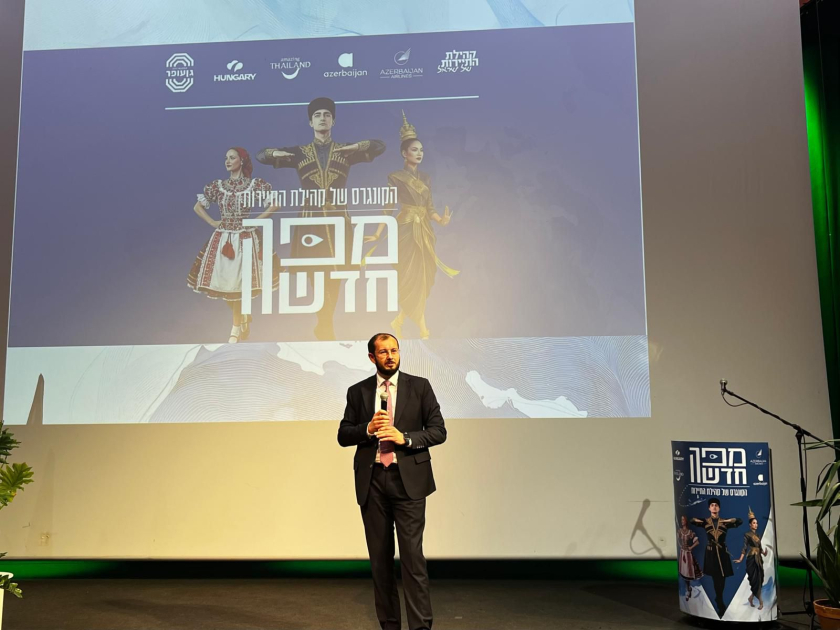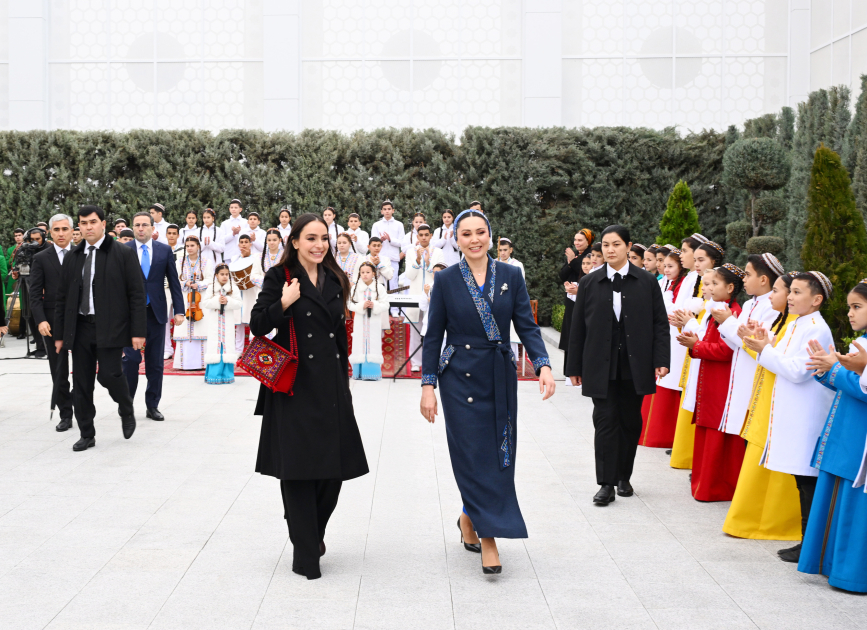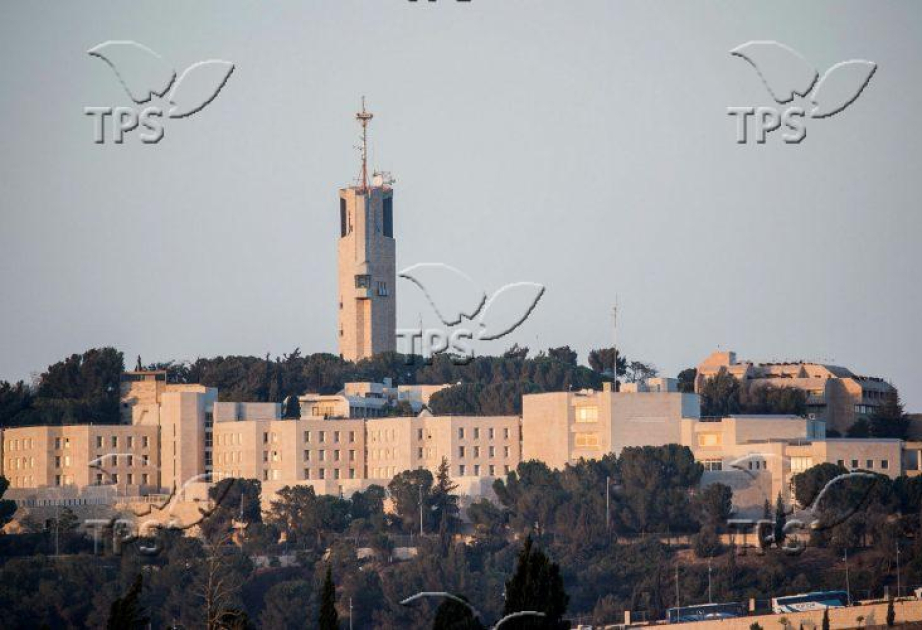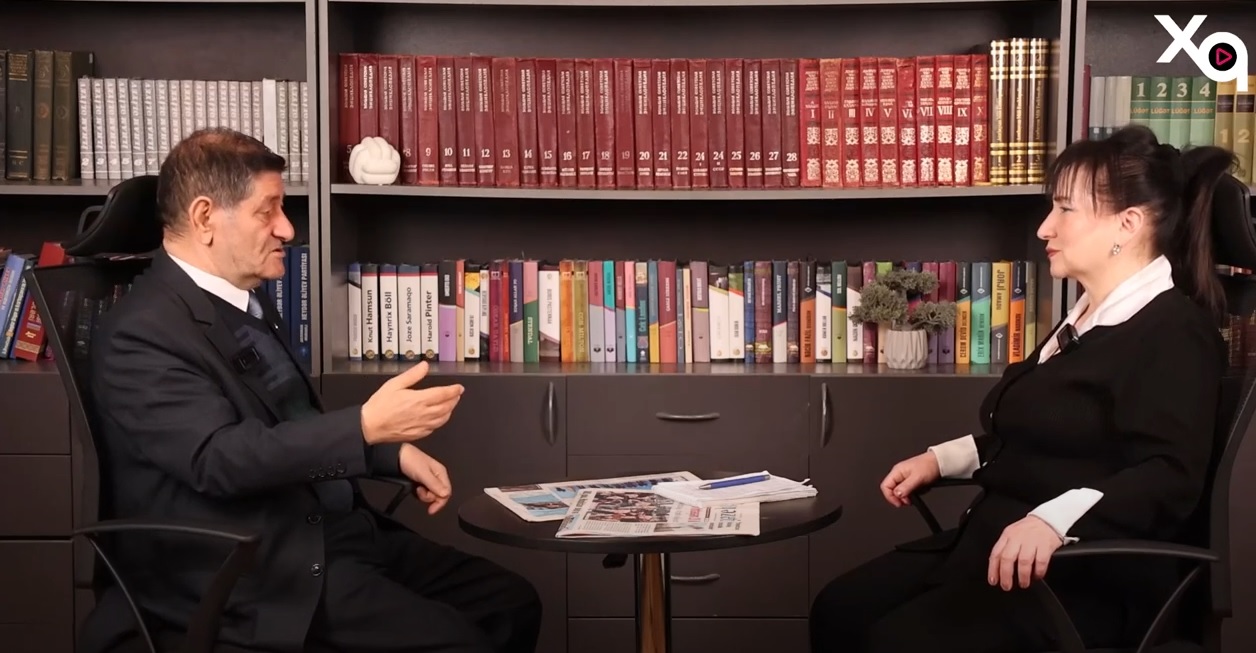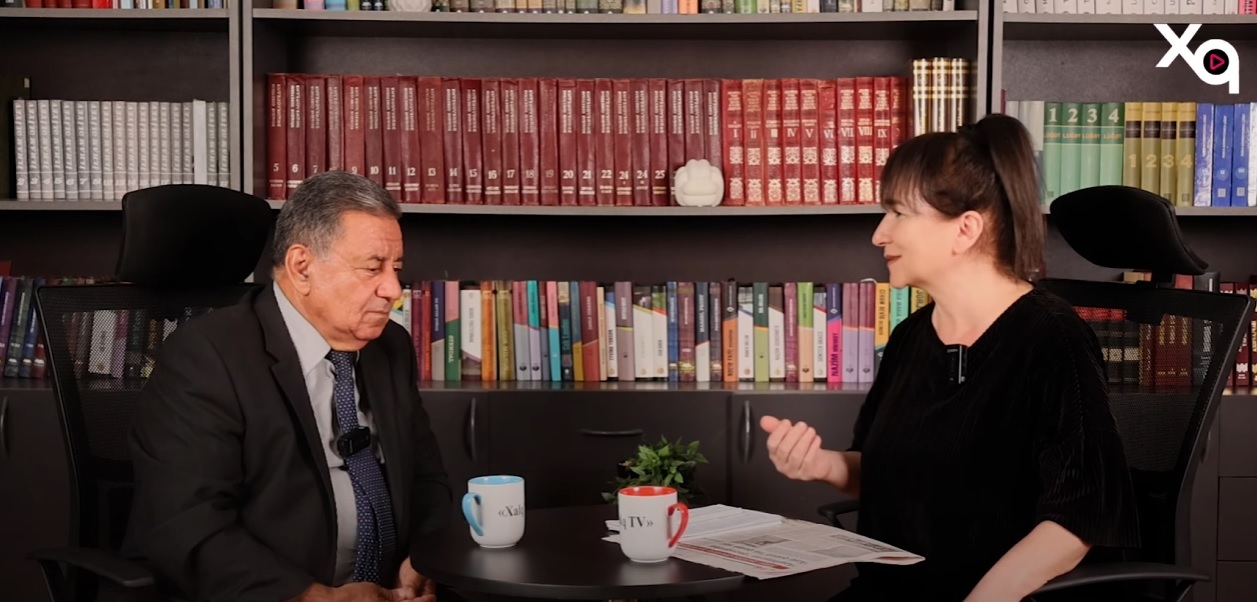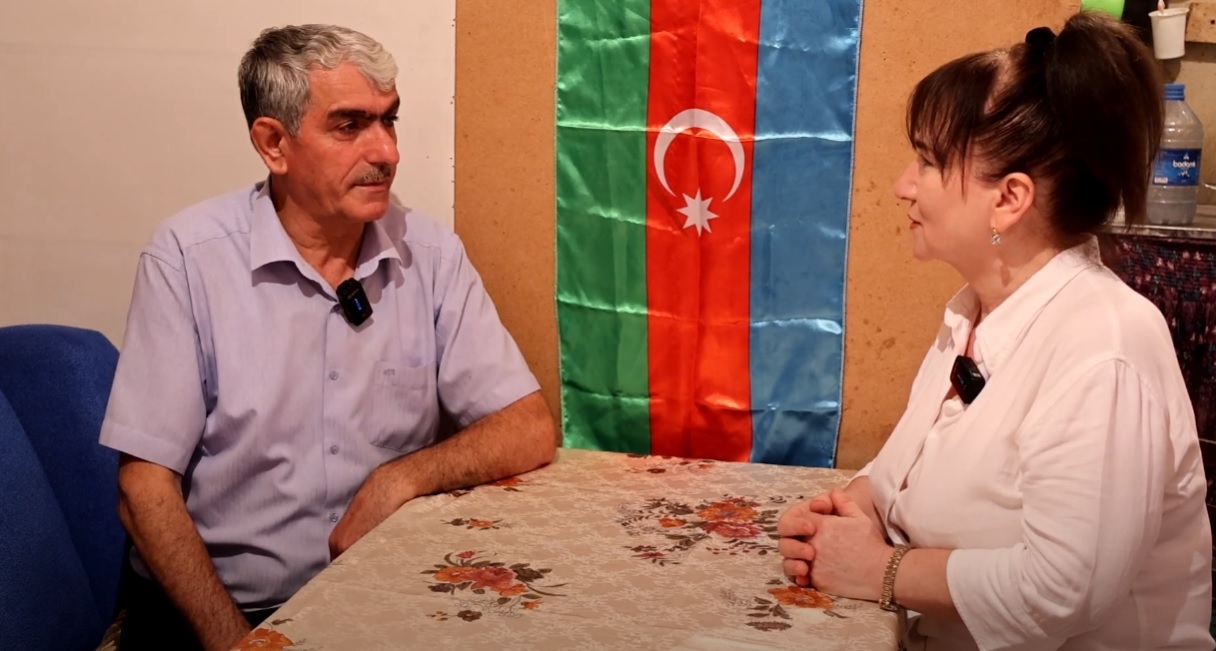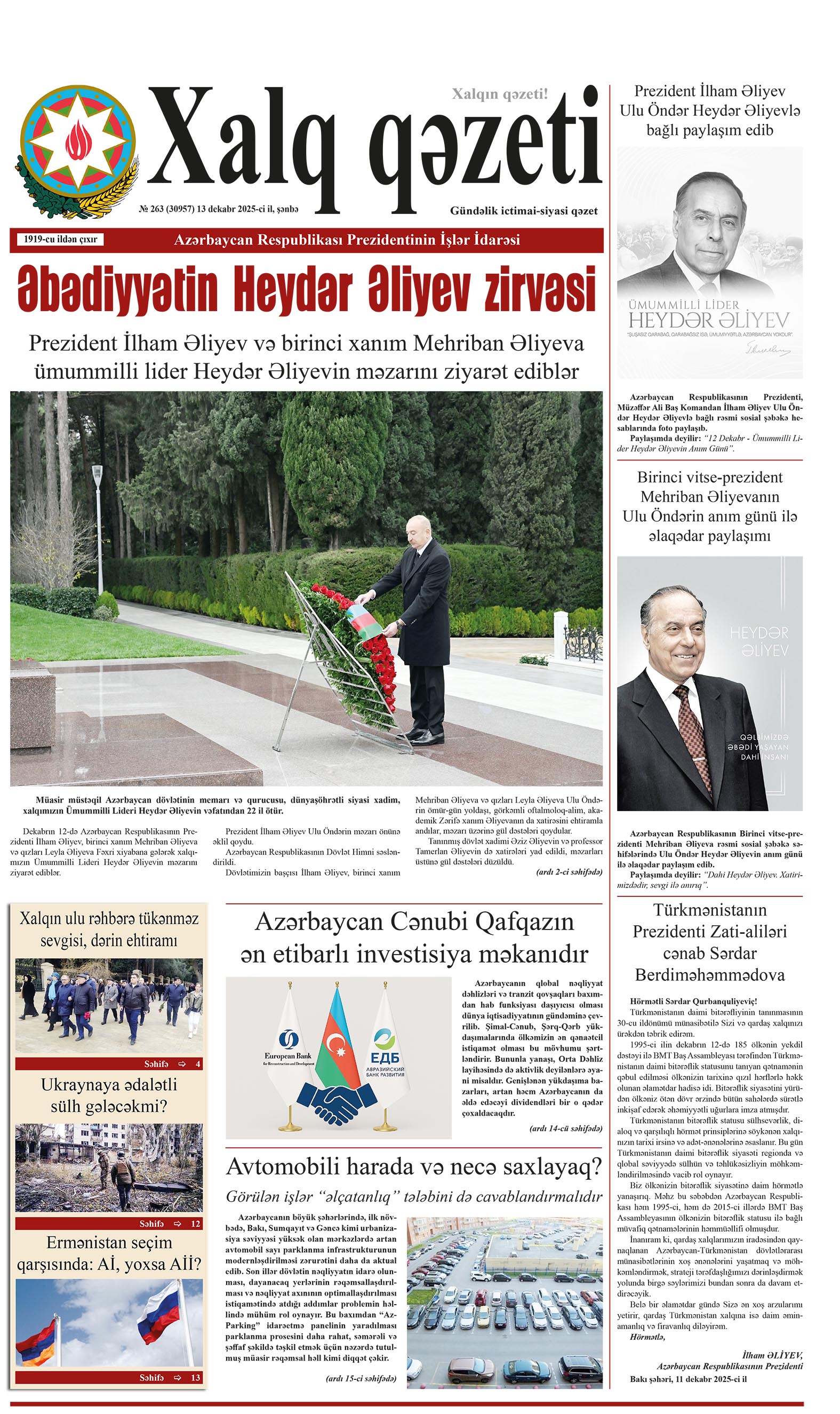As part of a visit organized by Azerbaijan’s State Committee on Religious Associations and the Foundation for the Propogation of Moral Values, a delegation of religious leaders from Türkiye and Georgia arrived in Aghdam after touring the city of Shusha.
AZERTAC’s regional correspondent reports that the delegation first visited the Alley of Martyrs in the city of Aghdam, paying tribute to those who lost their lives during the First Karabakh War. They were informed that many victims of the Khojaly massacre are also buried here. The site, like much of the city, was subjected to destruction during the Armenian occupation, with graves reportedly desecrated by occupying forces.
The religious leaders then visited the Aghdam Juma Mosque, a 19th-century architectural monument designed by Karbalayi Safikhan Garabaghi. Once a symbol of Islamic heritage in the region, the mosque was severely damaged during the occupation. While its minarets were spared for use as military observation points, the mosque was otherwise defaced and misused — serving as a shelter for livestock, deliberate affront to Islamic culture.
Following the liberation of Aghdam, restoration efforts led by the Azerbaijani Government have returned the mosque to its former glory.
The religious leaders performed prayers at the mosque.
The delegation also toured the historic Imarat Complex, once the palace of Panahali Khan, founder of the Karabakh Khanate. The 18th-century site, which includes mausoleums of Karabakh’s ruling family — including Ibrahimkhalil Khan, his son Mehdigulu Khan, and Mehdigulu Khan's daughter, poet Khurshidbanu Natavan — suffered extensive damage during the occupation. Tombs were desecrated and the palace was used to house cattle and pigs, act of cultural and religious vandalism.
Once Aghdam was liberated, restoration and archaeological work has been underway at the site with the involvement of both local and international experts.


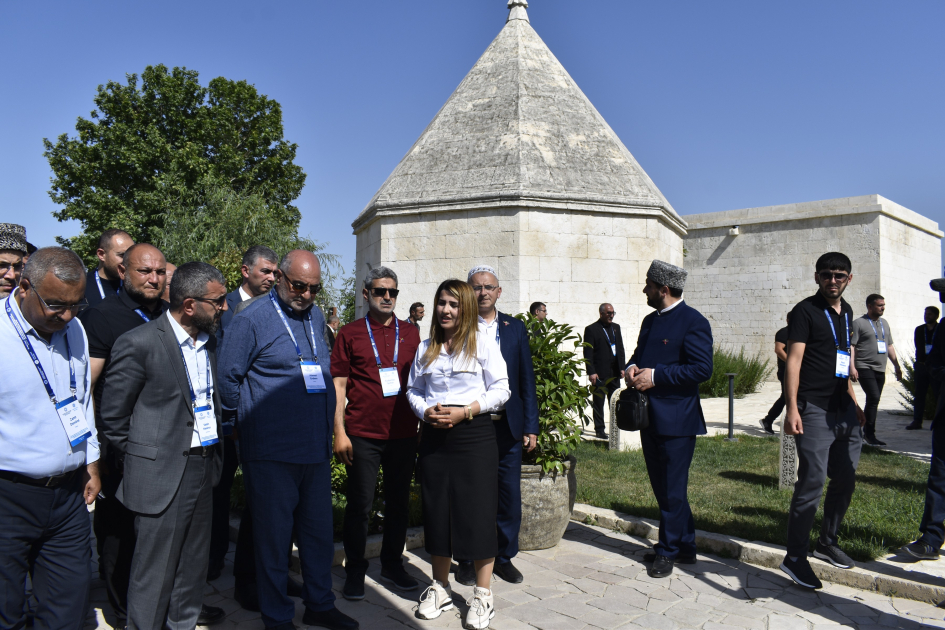
.png)

